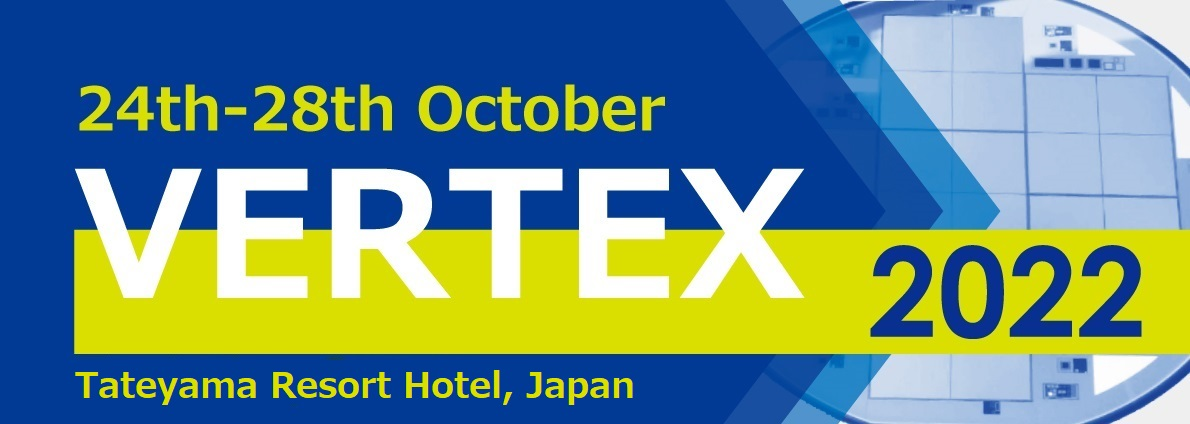Speaker
Description
In this work the results of Technology-CAD (TCAD) device-level simulations of non-irradiated and irradiated Low-Gain Avalanche Diode (LGAD) detectors will be presented. Since LGADs are becoming one of the most promising devices for high performance particle detector in harsh radiation environments, it is of the utmost importance to have a predictive insight into their electrical behavior and charge collection properties up to the highest particle fluences reachable, for example, in the future High Energy Physics (HEP) experiments. To this purpose, state-of-the-art Synopsys Sentaurus TCAD tools have been adopted and equipped with a well-validated radiation damage numerical model, called the “University of Perugia model”. The model has been coupled with an analytical description of the peculiar mechanism of acceptor removal in the multiplication layer affecting irradiated LGAD devices. Thanks to this, it has been possible to reproduce experimental data with high accuracy, demonstrating the reliability of the implemented simulation framework. Moreover, the good agreement obtained between simulation results and experimental data has allowed us to apply the newly developed model for the optimization of two innovative paradigms for the design of LGAD sensors for 4D tracking, namely i) compensated LGAD and ii) DC-Coupled Resistive Silicon Detectors (DC-RSD) LGADs. The first option refers to new design of the gain layer implant that, by combining p+ and n+ dopants, has the potential to maintain a constant active doping density after very high irradiation. The second option is an evolution of RSD design that employs DC read-out with low resistivity strip between collecting pads. The obtained results will provide all the necessary information for the design of the first batch production of “compensated LGAD” and DC-RSD at Fondazione Bruno Kessler (FBK) foundry in Trento, Italy.
